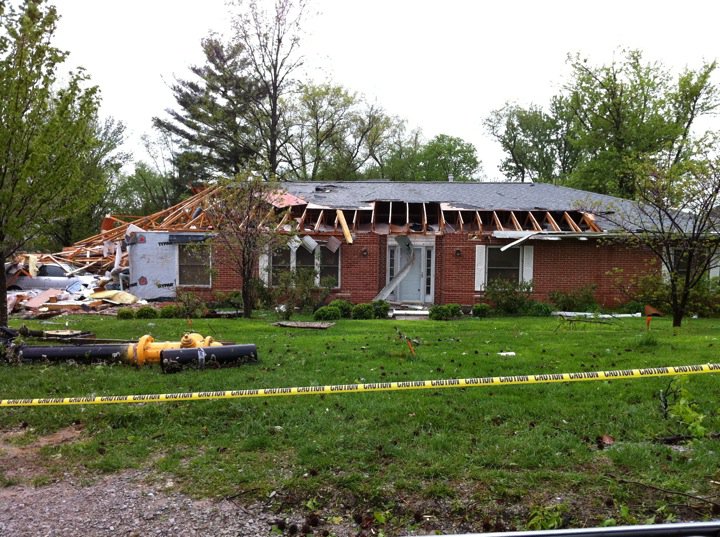We’ve had our fair share of tornados in Missouri this year, and plenty of damage too. Serious damage, we recently made international headlines with our Good Friday storms. You might have heard that you can claim a casualty loss on your tax return. While that’s true, for many people it’s not as helpful as you would hope. Here are the facts so you know what to expect.
First, we’re talking about a casualty loss on your tax return. All this means, is that you get a reduction of taxes that you would normally owe. If you’re already in an income situation where you don’t pay income tax, you will receive no tax benefit. This is important to know because people with low incomes are more likely to not have insurance, therefore their loss is greater. They want to claim their casualty loss, but it does them no good.
Second, you can only claim a casualty loss on your actual loss. If your insurance reimbursed you for the damage, then you have no loss to report on your tax return other than your deductible.
Finally, when we’re talking about casualty losses, we mean tornados, earthquakes, floods and things like that. If a tornado blows your roof off, that’s a casualty loss. If you need to replace your roof because it’s 20 years old, that’s normal wear and tear and does not count.
So what about those people who do have taxable income and also have a genuine loss they can claim, what happens? It’s probably easiest to explain with an example: Let’s say Fred owns a house that’s worth $200,000. The recent storm caused $50,000 worth of damage and his insurance company picked up $45,000 of the expense due to his $5,000 deductible. Fred has a $5,000 casualty loss.
Fred completes form 4684, the Casualties and Thefts form: http://www.irs.gov/pub/irs-pdf/f4684.pdf
We know that his loss is $5000, which goes on line 10 of the form. Then you subtract $100 because under the IRS rules, every casualty loss subtracts $100—that leaves a loss of $4900. Next, you subtract 10% of Fred’s adjusted gross income. If Fred makes $40,000 a year, you subtract $4,000; that leaves $900 for him to claim as a loss on his schedule A. If Fred itemizes his deductions, it will go on line 20 of his Schedule A. He’ll wind up paying $225 less in taxes. If Fred doesn’t already itemize, he might not even get that.
Remember, the casualty loss is dependent upon your income level. If Fred made $50,000 a year or more, he’d get nothing at all because 10% of his income would be more than the total amount of loss he could claim.
Everybody’s case will be different because there are so many variables to look at. If you have suffered a loss due to the recent tornados (or any other natural disaster) even if you won’t be able to claim a tax deduction for it, you might find the IRS Disaster and Loss Kit helpful. It has information on how to replace missing documents, a workbook for determining what you lost and what the value was, and other valuable information. It’s called Publication 2194 and you can access it through this link: http://www.irs.gov/pub/irs-pdf/p2194.pdf

